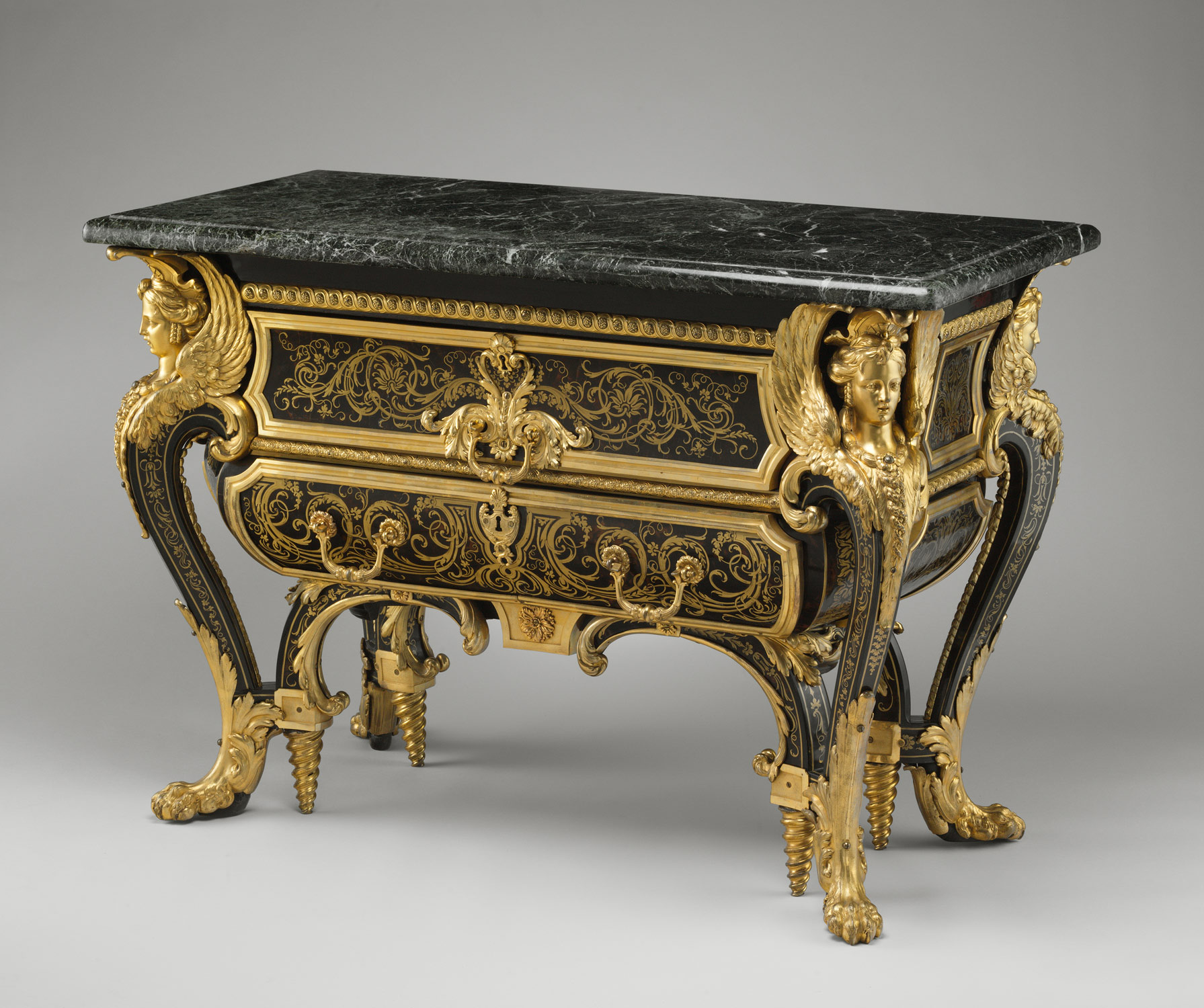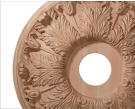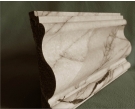Phong cách và xu hướng The Golden Age of French Furniture in the Eighteenth Century
The Golden Age of French Furniture in the Eighteenth Century
Cập nhật: 05/10/2016
Some of the most beautiful and refined furniture ever made, displaying the highest level of artistic and technical ability, was created in Paris during the eighteenth century. Much admired by an international clientele, it was used to furnish residences all over Europe and also influenced fashions of cabinetmaking outside France.

Commode - Maker: André Charles Boulle (French, Paris 1642–1732 Paris) Date: ca. 1710–20
French furniture of this period was the collaborative effort of various artists and craftsmen who worked according to strictly enforced guild regulations. Established during the Middle Ages, the guild system continued with little change until being dissolved in 1791 during the French Revolution. The Parisian guild to which the furniture makers belonged was called the Corporation des Menuisiers. It had great influence on the education of furniture makers by requiring at least six years of training that led to a high degree of technical specialization and ensured a high standard of work. First an apprentice spent three years or more in the workshop of a master furniture maker, followed by at least as many years as a journeyman. In order to become a master, a journeyman had to prove his competence by making a chef-d’oeuvre, or masterpiece. Once that was successfully completed, he could open his own workshop only if a vacancy existed (the number of masters allowed to practice at one time was strictly controlled by the guild, as was the size of their workshops) and he had paid the necessary fees. The dues were lower for the sons of master cabinetmakers than for people from outside Paris who had no relatives in the guild. From 1743 onward, it became the rule to stamp every piece of furniture that was offered for sale with the maker’s name. An additional stamp, JME (for jurande des menuisiers-ébénistes), would be added once a committee, made up of elected guild members who inspected the workshops four times a year, had approved the quality. Any furniture that failed to meet the required standards of craftsmanship was confiscated.
Menuisiers and ébénistes
The Corporation des Menuisiers was divided into two distinct trades, that of the woodworkers who made paneling (boiserie) for buildings and coaches, and that of the actual furniture makers. The latter can be subdivided into menuisiers (joiners), responsible for the making of solid wood furniture such as console tables, beds, and chairs, and the ébénistes, from the word ébéne (ebony), makers of veneered case pieces. Most of the menuisiers were French born, often members of well-known dynasties of chairmakers, and were located in or near the rue de Cléry in Paris. By contrast, a large number of Parisian ébénistes were foreign born, many of whom worked in the Faubourg Saint-Antoine. Although not forbidden, it was rare to combine the professions of a menuisier and an ébéniste.
In addition, there were two other groups of furniture makers active in Paris, working outside the framework of the guild. The so-called royal cabinetmakers, who were given special privileges and workshops either at the Louvre palace, at the Manufacture Royale des Meubles de la Couronne at the Gobelins, or in other buildings owned by the crown. Royal cabinetmakers were free from guild regulations. The second group consisted of the so-called artisans libres, or independent craftsmen, many of them foreigners who sought refuge in certain “free” districts of Paris outside the guild’s jurisdiction.
http://www.metmuseum.org
Bình luận
Các bài viết

 Golden Series
Golden Series  Legacy Series
Legacy Series  Builders Series
Builders Series  Thane Series
Thane Series  Chen's Series
Chen's Series  PS Series
PS Series  Dịch vụ thi công phào nẹp
Dịch vụ thi công phào nẹp 